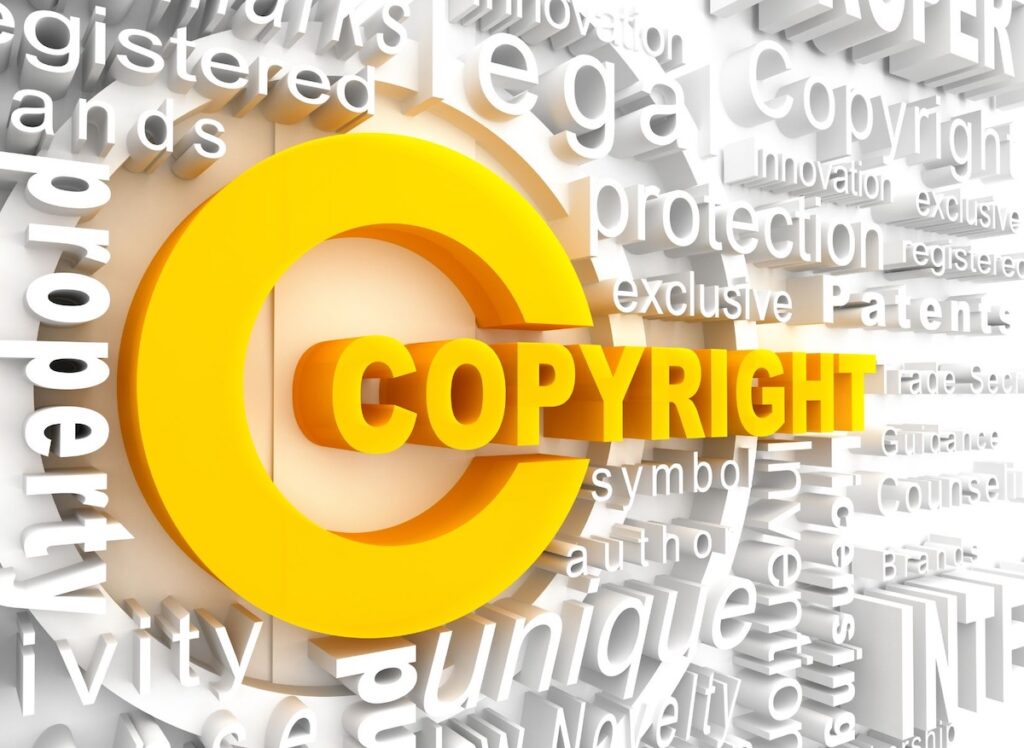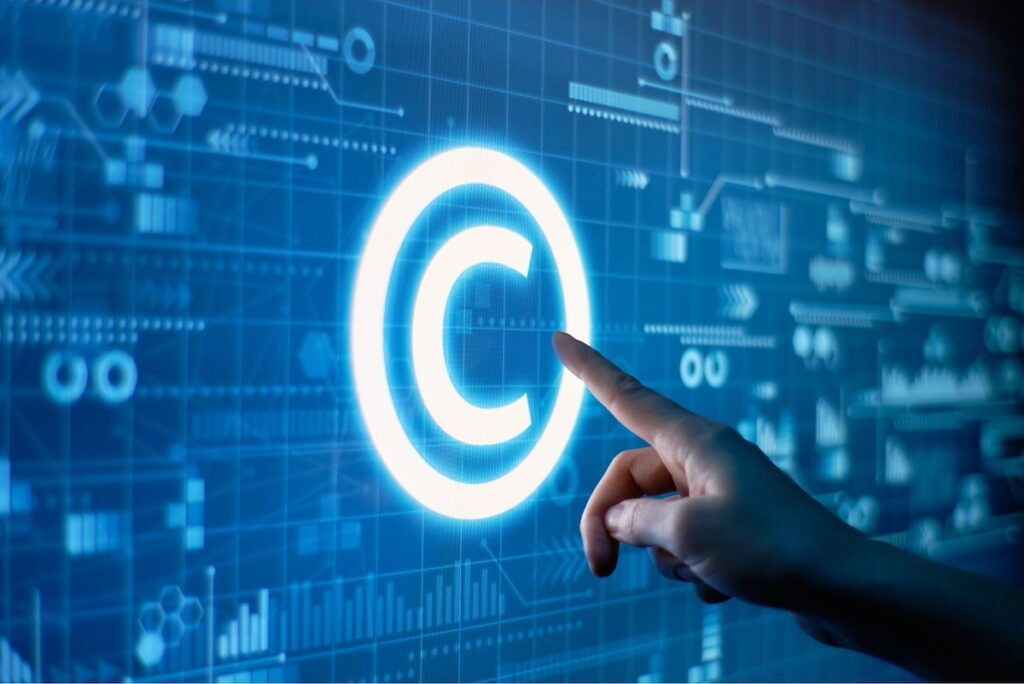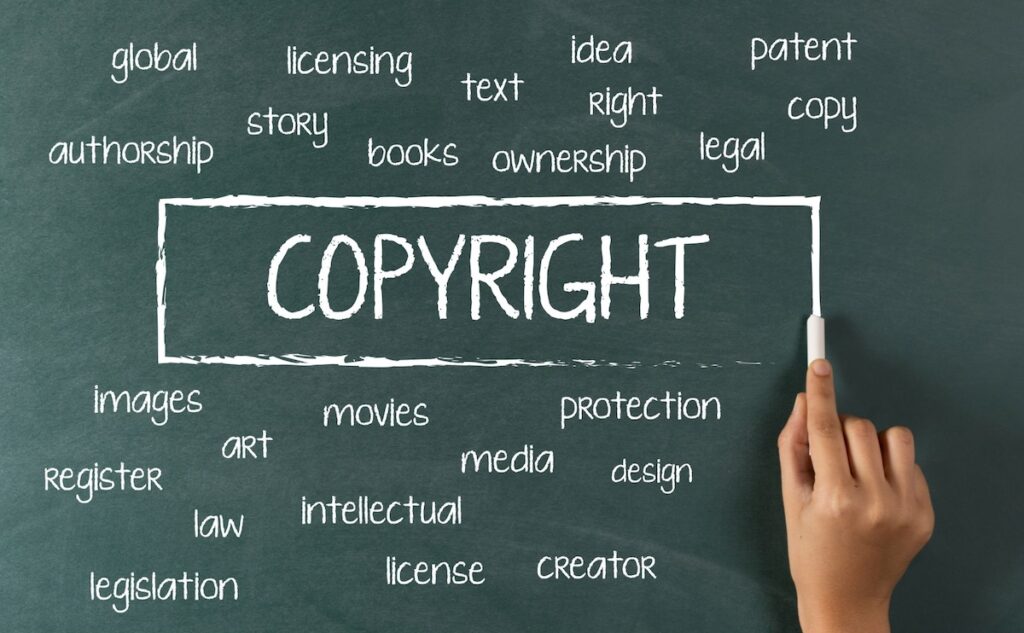Many people are surprised to learn that a copyright comes into existence automatically. For any original work, created with some minimal degree of creativity, after January 1, 1978, copyright protection attaches the moment the work is fixed in a tangible medium. This means that as soon as you write, record, or otherwise preserve your creative work in a fixed form, you hold a copyright. There is no need to mail the work to yourself or take any other step to secure basic protection.
Still, while copyright arises automatically, filing an application for a copyright registration offers significant advantages. The process is relatively straightforward, affordable, and provides powerful legal benefits.
Why File a Copyright Registration
A copyright registration is more than just a formality—it creates important rights and protections. Some of the most significant reasons to register include:
- You cannot file a lawsuit for copyright infringement in federal court without a registration, or at least an application.
- Registration is required to pursue statutory damages and attorneys’ fees, if the registration precedes an act of infringement and is made within 3 months after publication (for published works).
- If filed within five years of publication, registration serves as prima facie evidence of ownership and the details listed on the certificate.
- Registration creates a public record of your copyright, clearly indicating who owns the work.
- You may record the copyright with U.S. Customs, an effective way to block the import of infringing copies.
Due to these advantages, most creators find that registration is worthwhile, considering the small investment of time and money. The sooner you file, the greater your protection.

Steps to File for Copyright Protection
Filing an application for a copyright registration requires three basic actions:
- Completing the appropriate application form.
- Paying the filing fee.
- Depositing a copy (or copies) of the work with the Copyright Office.
When filing by mail, please send these items together to the Library of Congress Copyright Office in Washington, D.C.
For most categories of works, however, filing online through the U.S. Copyright Office website is faster and more convenient.
Benefits of Filing Online
Submitting an application electronically comes with several advantages, including:
- Lower fees compared to paper filings.
- Faster processing times.
- An earlier effective date of registration.
- The ability to track your application online.
- Secure payment options by credit or debit card.
- Direct digital submission of certain works.
For many applicants, online filing is the preferred choice.

Understanding Copyright Registration Fees
The cost of filing varies depending on the type of application being filed. Current fees include:
- $45 for an electronic filing by a single author.
- $65 for a standard electronic application.
- $125 for a paper application.
Other specialized filings carry additional fees. Since the Copyright Office periodically reviews and adjusts these fees, it is best to confirm the current schedule on their official website.
Categories of Copyright Applications
When completing an application, you must select the category that matches your work. These categories include:
- Literary works, including books, articles, and poetry.
- Performing arts, including music, lyrics, scripts, and recordings.
- Visual arts like artwork, jewelry, and architecture.
- Motion pictures and audiovisual works, such as films, television, and video games.
- Photographs, including professional images and personal pictures.
- Digital works such as blogs, websites, computer programs, and databases.
Each application will request information about the work, the author, the title, the year of completion, and the details of the first publication, if applicable. You may also be asked about whether the work was created for hire or based on preexisting material.

Deposit Requirements
As part of the registration process, you are required to submit copies of your work to the Copyright Office. The number and type of copies depend on whether the work has been published and where:
- Published in the U.S.: two copies of the best edition (unless you are filing a digital copy of your work).
- Unpublished: one copy.
- First published outside the U.S.: one copy.
- Collective works: one copy of the best edition.
These deposits are nonreturnable and become part of the Library of Congress collections.
Taking the Next Step
Although copyright protection arises automatically, registering your work provides critical legal and financial benefits. The process is manageable for most creators, but professional guidance can help ensure accuracy and maximize protection. If you have questions about filing a copyright registration, contact RichardsonClement PC for experienced legal assistance.
